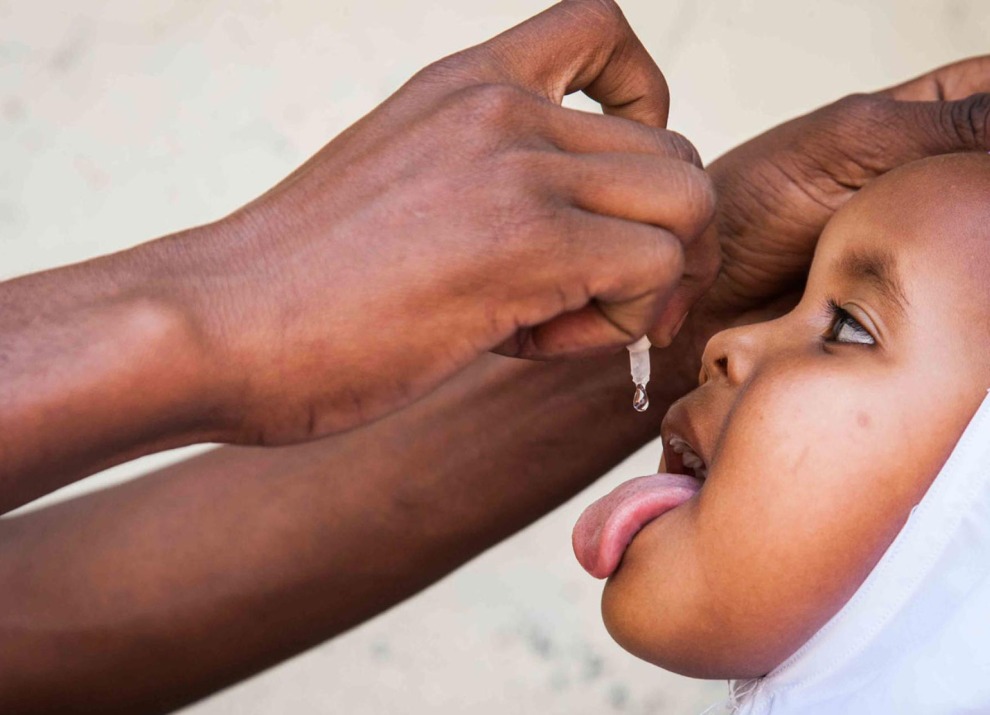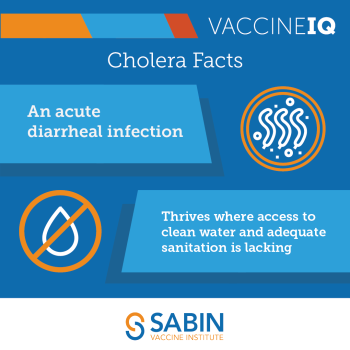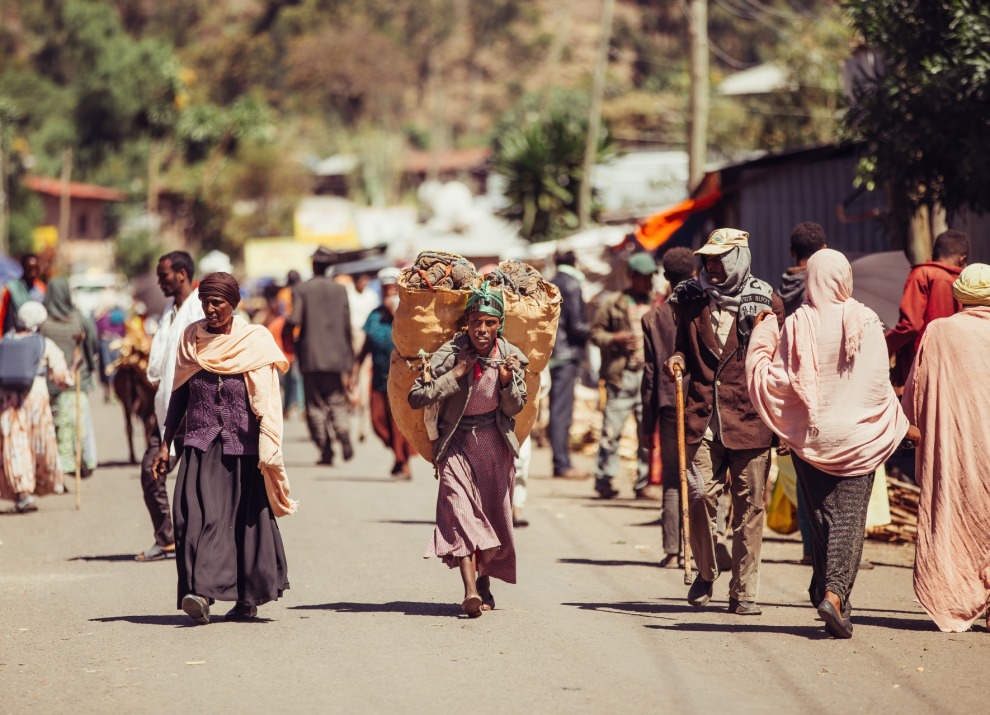10 Things To Know About the Growing Global Cholera Outbreak

 As the cholera outbreak worsens in parts of the world, Sabin’s disease experts provide answers to basic questions about the disease and the current epidemic.
As the cholera outbreak worsens in parts of the world, Sabin’s disease experts provide answers to basic questions about the disease and the current epidemic.
1. What is cholera?
Cholera is an acute, or rapid onset, diarrheal disease caused by infection of the intestine with Vibrio cholerae bacteria. Every year, between 1.3 to 4.0 million people get sick with cholera, and up to 143,000 people die from it. Cholera is endemic – a common, circulating disease – in some places and can cause large outbreaks.
2. How concerning are the recent cholera outbreaks and why?
Globally, cases of cholera have been on the decline for years. But in 2022, 29 countries reported outbreaks with fatality rates almost 3 times the five-year average. These numbers are unprecedented and alarming. Even more concerning, this surge in cases is happening amid a global shortage of cholera vaccines because of falling vaccine production and increased demand.
Cholera can lead to rapid dehydration and death if not immediately and correctly treated. It spreads quickly in places without access to clean water and adequate sanitation. In areas where treatment is inaccessible or capacity cannot meet the demand of rising cases, preventative measures like vaccines and strengthening water, sanitation and hygiene (WASH) infrastructure are vital. Without these actions, cholera can continue to spread and strain already low-resourced health systems.
 3. Where is cholera still endemic and what are some of the reasons for it?
3. Where is cholera still endemic and what are some of the reasons for it?
Cholera is still common and circulating in many low- and middle-income countries in places where quality water, sanitation and hygiene (WASH) infrastructure is not available.
Humanitarian crises, population displacement, climate crises like flooding, and other socioecological factors which disrupt sanitation systems or result in overcrowding exacerbate the risk of cholera transmission.
4. How does cholera get transmitted?
Cholera spreads through food or water, when people eat or drink something contaminated with Vibrio cholerae bacteria.
5. How does someone die from cholera?
Cholera is an acute diarrheal disease, so people get sick quickly and require urgent care. People with a severe infection can develop extreme dehydration, resulting in kidney failure. Without immediate and proper treatment, this dehydration can result in shock, coma, and death within hours.
6. How do you typically treat cholera?
Despite the rapid onset of severe symptoms, cholera is a treatable disease. The majority of cases are treated with an oral rehydration solution – a mix of salt and sugar in water. In severe cases, intravenous fluids and antibiotics may be used for more immediate response. The disease is treatable at home but requires quick action from caregivers and healthcare providers.
 7. How do the cholera vaccines work and how effective are they?
7. How do the cholera vaccines work and how effective are they?
We have three WHO pre-qualified oral cholera vaccines, each requiring two doses for full protection. These vaccines deliver a small dose of dead cholera bacteria, unable to cause diarrhea, but able to build immunity to the bacteria responsible for the disease. These vaccines work well in the field, both in outbreak and endemic settings. In a case-controlled study conducted in India, people who received two doses of cholera vaccine were 69% less likely to get sick with cholera over a two-year study period.
Vaccines are essential and can help stop outbreaks and protect people from disease when they are used alongside other essential public health measures, including WASH improvements, for a comprehensive and sustainable approach to disease control.
8. Can cholera be eradicated?
We have only eradicated one disease that sickens people – small pox – which demonstrates how challenging it is to wipe out a disease. Cholera is even harder to eradicate because the bacteria can survive in water. In addition, about 75% of infected carriers are asymptomatic but are contagious for up to two weeks.
However, even if we cannot eradicate cholera, we can reduce the number of infections and deaths. To do that, we have to invest in improvements to the environment and WASH infrastructure where the disease is endemic.
9. How effective is current monitoring of cholera?
Countries routinely monitor cholera through patients who go to health facilities. However, some people with cholera will not go to a doctor, and many will not get a laboratory test for cholera. As a result, we may not know exactly how many cases there are in a given place. However, outbreaks that involve a large number of people will likely be identified.
10. Are there surveillance or other lessons from typhoid or other enteric diseases that can be applied to cholera?
Disease surveillance – and solutions – are common to cholera, typhoid, and other enteric diseases. Vaccination, together with access to clean water, adequate sanitation, and food and hand hygiene practices can reduce the burden of all of these diseases.







